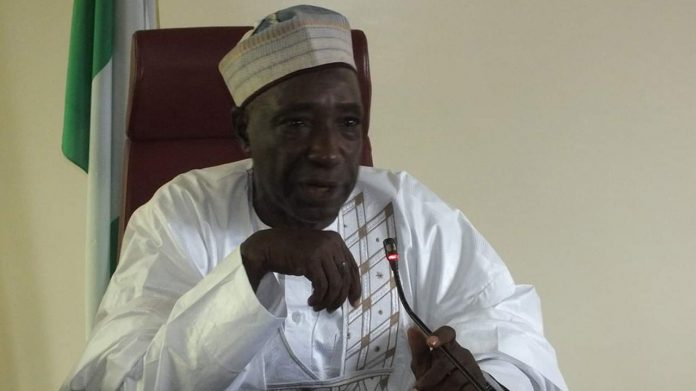The federal government has said that it would no longer continue to subsidise fertiliers for brief-case farmers. To this end, the government plans to use technology to identify the real smallholder farmers for whom the subsidies are meant.
So far the government said it has registered and developed the database of the five million smallholder farmers for easy targeting with the fertiliser subsidy support.
The minister of agriculture and rural development, Alhaji Muhammad Sabo Nanono who disclosed this at the consultative meeting of national stakeholders on restructuring of the presidential fertiliser initiative, in Abuja, yesterday, said the primary concern of government is how to get majority of the smallholder farmers out of extreme poverty through targeted support in order to increase their level of productivity, household incomes and by extension guarantee food security for the nation.
According to him, “To ensure that the fertilisers being produced and distributed in the country meet the required set standards in terms of quantity and quality, Mr President signed into Law, the National Fertiliser Quality Control (NFQC) Act, 2019. Similarly, I have also signed the National Fertiliser Regulations, which is currently with the Federal Ministry of Justice for publication in the national gazzet.”
He said it was in order to support the teeming smallholder farmers that Mr. President approved that, an implementation template be developed through consultative engagement with the relevant stakeholders on the best way of administering fertiliser subsidy to them nationwide on sustainable basis.
In her own speech, the minister of finance, budget and national planning, Mrs Zainab Ahmed said that her ministry was working in partnership with the ministry of agriculture through engagement with state governments and relevant stakeholders to develop a template for administering fertiliser subsidy management framework to the smallholder farmers.
Ahmed who was represented by a permanent secretary in the ministry, Mallam Aliyu Ahmed, said the focus now should be on how to deliver smart subsidies on need basis linked to the exact land holding of the farmer as verified by farmer-farm data.
According to her, “This meeting is to brainstorm and align on a data driven, commercially sound, and financially prudent and farmer friendly framework for targeted subsidisation of fertilisers.
“Our goal is not simply to transfer subsidies to farmers. No, our design principle is to reward behavior such as purchase of fertiliser by data-identified smallholder farmers as opposed to simply wiring monies to anyone who claims to be smallholder farmers or subsidising large-scale farmers.”
She said that the subsidy can be delivered as a voucher and government can leverage technology to match farmer requests to their land holdings.
“This means that monies for subsidies can continue to be domiciled in government accounts and periodically settlement operations occur as pre-qualified beneficiary farmers use their mobile phones to text in their subsidy claims that cannot exceed the fertiliser requirement of geo-tagged farm sizes,” she said.
She also informed that the lessons learned from prior programmes such as GES of the previous administration are now reflected in the new system, as is the importance of using geo-tagged data to strengthen other data mixes.


